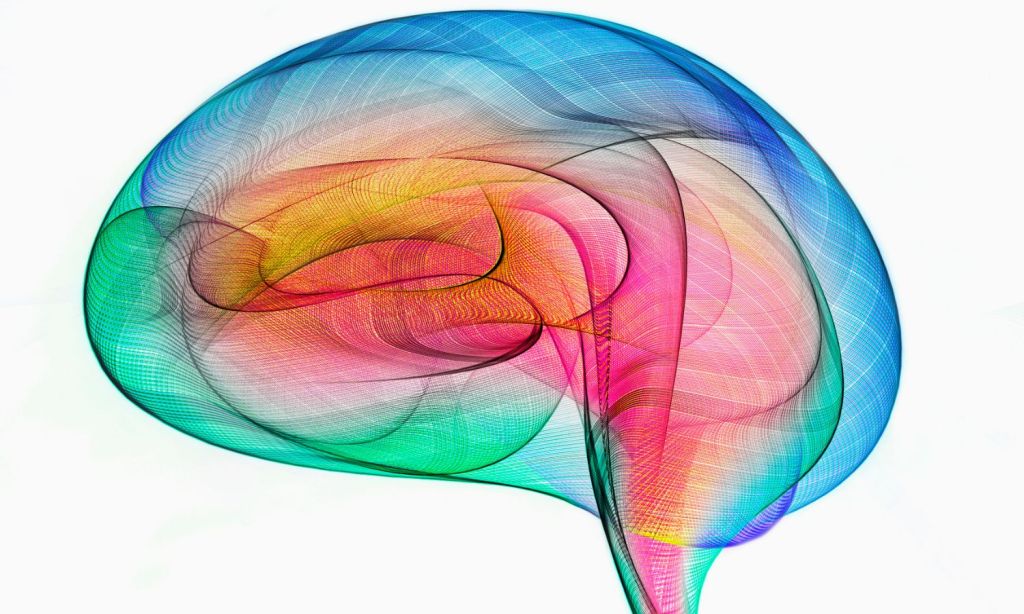Some of the best people to ask for tips about getting into creative thinking mode are designers. Usually, they have to spend more than half of their time using the right side of the brain, and so many of them have nailed down ways to tap into it and get into a creative flow.
We decided to ask three Australian homewares designers from brands Kip&Co, ACID.FLWRS and Linen House how they managed to get into a creative mindset. From X to X, here’s what they said.
Kate Heppell, Co-Founder and Creative Director of Kip&Co
“Every morning, I go for a swim in the ocean, rain, hail or shine. There’s a group of beautiful women that I do it with, and I find the energy that I get from both that friendship and the salty sea water really opens my mind and puts me in the best head space possible for a creative day.
“Other than the swim, I also find I’m most creative when I’ve returned from time away from the day-to-day routine. Of course, ideally, that would be a trip to some far-flung corner of the globe, family in tow, exploring markets and being inspired by the local creative artisans, but I can equally get that buzz from taking a trip down the Australian coast. It’s the change of scene that I think really shifts the mind most, and that’s when my creative juices start to flow.”
Claire Mueller, Founder of ACID.FLWRS
“For me, creativity is something that happens in layers — it’s not something I can instantly activate on demand. But over time, I’ve learned what helps to keep ideas flowing. As a visual creative, I rely on my powers of observation to build an internal aesthetic library, so outside time is important.
“I like contrasts and organic moments of wonder, and there are endless opportunities to stumble across them if you keep your eyes open. Industrial textures on a building site, someone’s shoes perfectly matching the colour of an ad on a bus going past, the sky gradient at sunset.
“My favourite thing to see is teardowns — the unintentional, ephemeral artwork that remains after layered street posters are removed — because the chaotic colour and patterns left are so dynamic. I think they’re good reminders that creativity isn’t structured.”
Kate Hill, Senior Textile Designer at Linen House
“Like most things in life, I think all creative people are wired differently. Some people may find themselves most creative late at night or early in the morning, in nature, with music or without. I remember at university, some colleagues stayed up all night doing assessments. For me, this would not work.
“I find myself most creative first thing in the morning when my brain is refreshed and clear. This is the time when I would usually do my most challenging work — whether it be painting or drawing. Then, in the afternoon, when the brain becomes more tired, it is available to do ‘easier’ jobs such as re-colouring, creating repeat patterns or trend researching.
“If I was struggling with creativity on a particular day, I would definitely try a walk or a run in fresh air, preferably in nature. Then, I would tap into my work colleagues for assistance. Working in a team is always so useful in this way — you always have an extra eye or ear for when you need help.”
Related: Meet the Aussie Artist Turning Recycled Plastic Into Covetable Homewares
Related: 3 Australian Designers Weigh In — This Is the Homewares Trend They’re Seeing Everywhere
Read more stories from The Latch and subscribe to our email newsletter.







